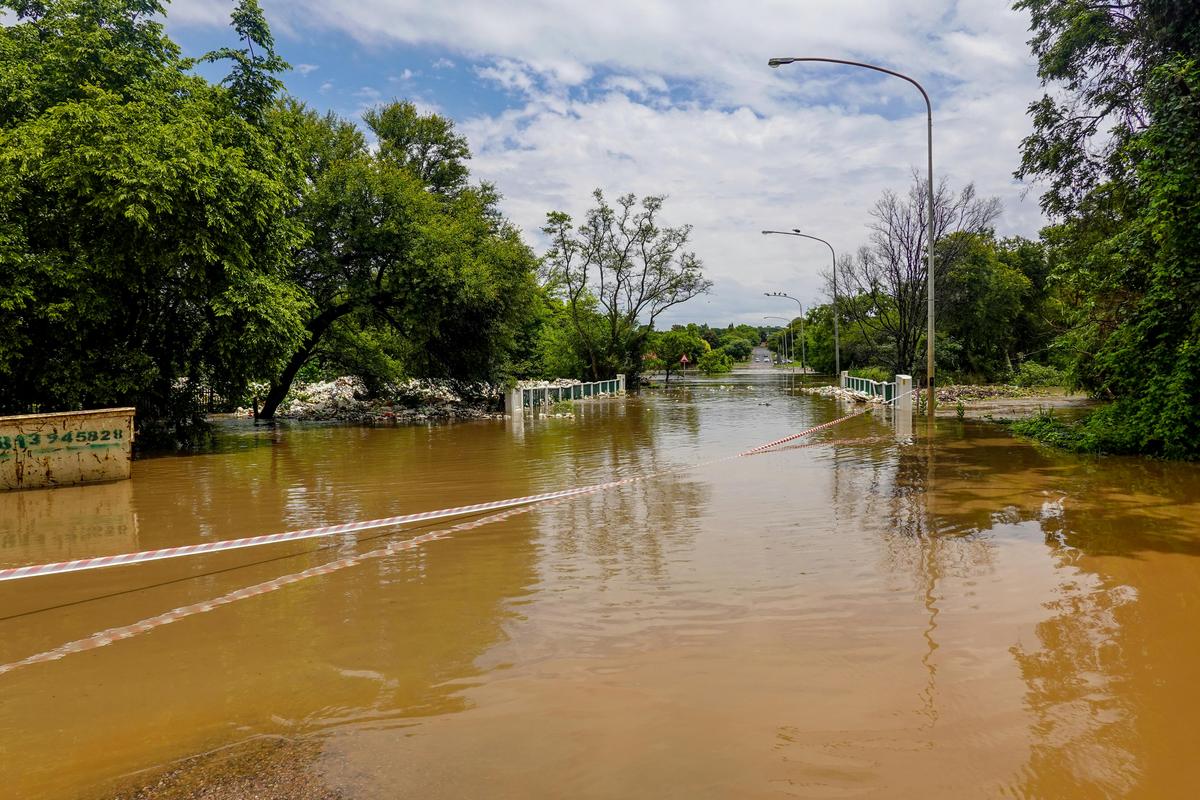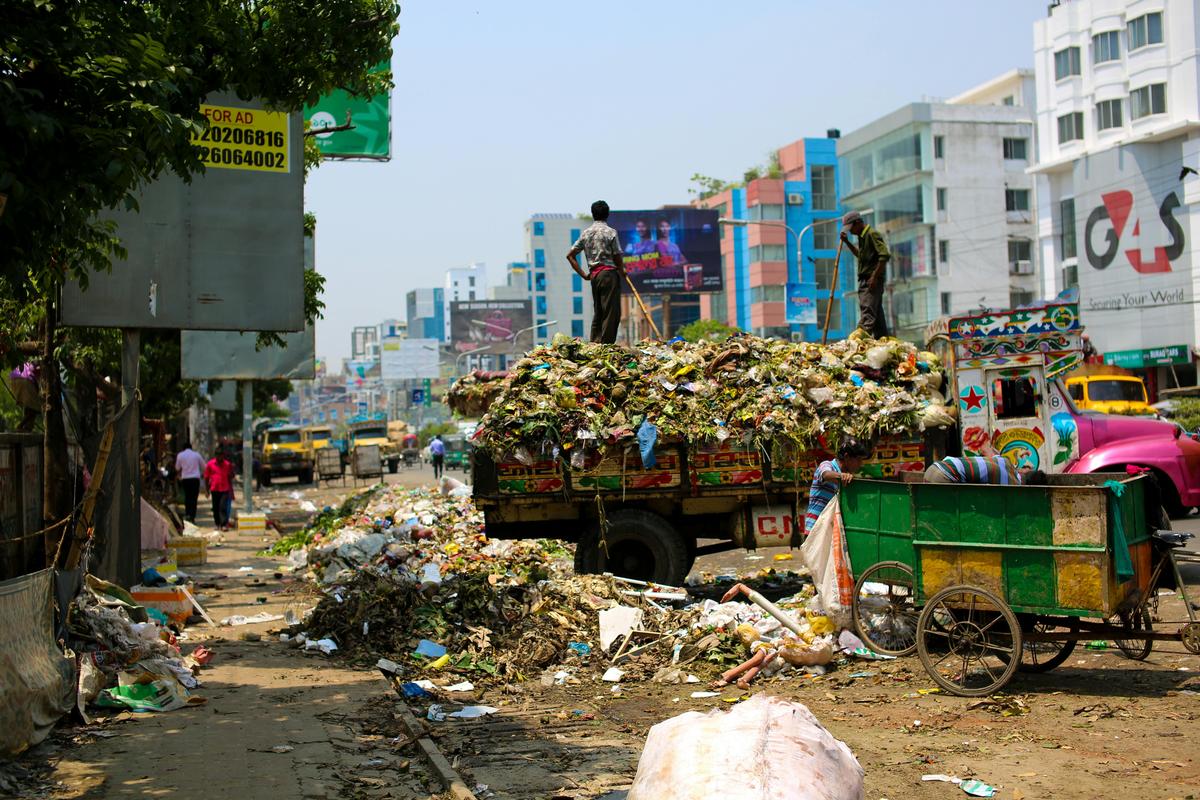What Are Greenhouse Gases? An Introduction to Their Types and Sources
Greenhouse gases are the invisible yet powerful players in the climate change drama unfolding around us. These atmospheric compounds, though naturally occurring, have seen their concentrations skyrocket due to human activities, trapping heat and altering the delicate balance of our planet.
At the forefront of this environmental challenge is carbon dioxide (CO2), the primary greenhouse gas emitted in California, accounting for a staggering 81.2% of the state’s total greenhouse gas emissions in 2021. This common gas, mainly produced by the burning of fossil fuels for transportation and energy generation, acts like a blanket, absorbing and re-emitting the sun’s warmth, causing global temperatures to rise.
Methane (CH4) and nitrous oxide (N2O) also play significant roles, with methane’s global warming potential 25 times greater than CO2, and nitrous oxide’s a startling 298 times more potent. These gases originate largely from agricultural practices, with livestock and fertilizer use responsible for the majority of emissions.
Rounding out the greenhouse gas lineup are the high-GWP (global warming potential) compounds – sulfur hexafluoride, nitrogen trifluoride, perfluorocarbons, and hydrofluorocarbons. Though they account for a smaller percentage of overall emissions, their outsized impact on the climate cannot be ignored. These gases, often used in industrial processes and as refrigerants, trap heat at an alarming rate, with HFCs alone making up 97.5% of high-GWP gas emissions in California.
Understanding the sources and characteristics of these greenhouse gases is crucial in our collective fight against climate change. By recognizing the unique roles they play and the sectors responsible for their release, we can develop targeted strategies to mitigate their impact and steer our planet towards a more sustainable future. 1 2
 Photo by Magda Ehlers on Pexels
Photo by Magda Ehlers on Pexels
The Role of Greenhouse Gases in Climate Change: Understanding Their Impact
Food waste, a seemingly harmless issue, is actually closely tied to the greenhouse gas crisis. The United States alone produces a whopping 170 million metric tons of carbon dioxide equivalent each year from food loss and waste, not even counting landfill emissions. This is like the yearly emissions of 42 coal-fired power plants. When food ends up in landfills, it creates methane, a gas even more potent than carbon dioxide.
Reducing and preventing food waste can not only boost food security and economic efficiency but also tackle the urgent issue of climate change.
Besides the environmental impact, greenhouse gases directly threaten human health. Extreme weather events, rising sea levels, and changes in disease patterns can all be linked to the warming of our planet. Respiratory and cardiovascular conditions worsen as air pollution levels increase, while water-borne illnesses spread due to more precipitation and storm surges. Even our mental well-being is affected by the psychological impacts of climate change.
While the challenges may seem overwhelming, the way forward is clear. By understanding the wide-reaching consequences of greenhouse gases, we can make informed choices that protect our planet and our well-being. From cutting down on food waste to adopting sustainable practices, each of us has the power to contribute to a more resilient and fair future. 3 4
Why Are Greenhouse Gases Important? Exploring Their Effects on the Environment
Greenhouse gases are the unsung heroes of our planet, playing a crucial role in maintaining the delicate balance that sustains life as we know it. However, the scales have tipped, and these once-friendly allies have become a tough opponent, threatening the very existence of the world we call home.
At the heart of this issue lies the greenhouse effect, a natural phenomenon where certain gases in the atmosphere trap heat, causing the Earth’s temperature to rise. The main culprits are carbon dioxide (CO2), methane, and nitrous oxide. Methane, in particular, is a strong offender, being 80 times more effective at trapping heat than CO2 over a 20-year period, while nitrous oxide is a staggering 280 times more potent.
The root of the problem lies in human activities, such as burning fossil fuels, oil and gas extraction, agriculture, and waste management. These actions have led to a significant increase in greenhouse gas emissions, with dire consequences for our environment. In fact, experts warn that these emissions need to be halved by 2030 to limit global warming to 1.5°C by the end of the century.
The good news is that solutions are within our reach. Shifting to renewable energy sources, putting a price on carbon, and phasing out coal are all crucial steps in the right direction. Additionally, technologies exist to reduce methane leakage, but implementing them will require new policies and investments. 5 6
Mitigating the Effects of Greenhouse Gases: Strategies and Solutions for a Sustainable Future
The Earth’s atmosphere is a delicate balance, a finely tuned system that keeps our planet habitable. At the heart of this balance are greenhouse gases, the invisible yet vital components that trap heat and maintain the temperature range necessary for life to thrive. While these gases occur naturally, human activities have upset this equilibrium, leading to an enhanced greenhouse effect that is driving climate change.
Carbon dioxide, the most abundant of these gases, is the primary culprit. Produced through the burning of fossil fuels, its concentration in the atmosphere has steadily risen, trapping more heat and causing global temperatures to soar. Yet, this is only part of the story. Methane, nitrous oxide, and even water vapor play crucial roles, each contributing to the complex web of interactions that shape our climate.
Fortunately, the Earth has natural mechanisms to counteract this imbalance. Oceans and vegetation act as carbon sinks, absorbing and storing a significant portion of the excess carbon dioxide. NASA’s advanced satellite technology provides an unprecedented view of these processes, tracking the ebb and flow of greenhouse gases around the globe.
By understanding the intricate dance of these atmospheric components, we can come up with targeted strategies to mitigate their effects. Transitioning to renewable energy sources, implementing sustainable agricultural practices, and protecting natural carbon sinks are just a few of the solutions that show promise. These efforts, combined with individual actions, can help restore the delicate balance that sustains our world.
The road ahead may not be easy, but it is one we must embrace. For the sake of our planet and future generations, we must rise to the challenge, harnessing the power of science and innovation to create a more sustainable future. 7 8
References
-
“Ghg Descriptions Sources” - ww2.arb.ca.gov ↩
-
“Greenhouse Gas Concentrations” - climate.copernicus.eu ↩
-
“Food Waste And Its Links Greenhouse Gases And Climate Change” - www.usda.gov ↩
-
“Health Impacts” - www.niehs.nih.gov ↩
-
“Environmental Impacts Natural Gas” - www.ucsusa.org ↩

 Photo by
Photo by  Photo by
Photo by 